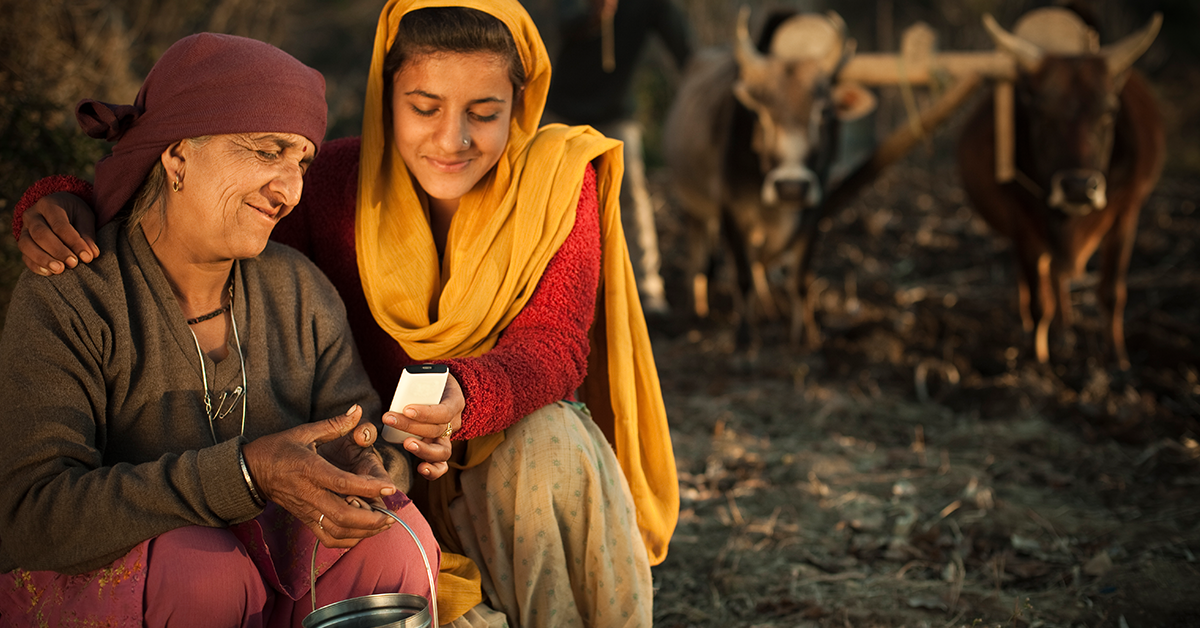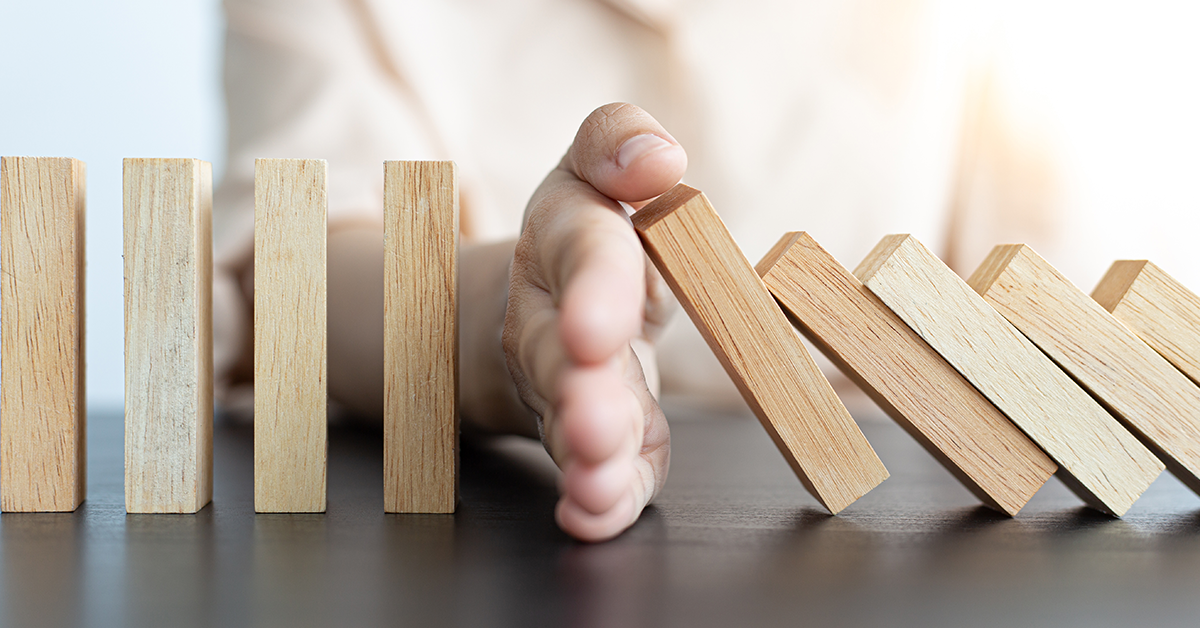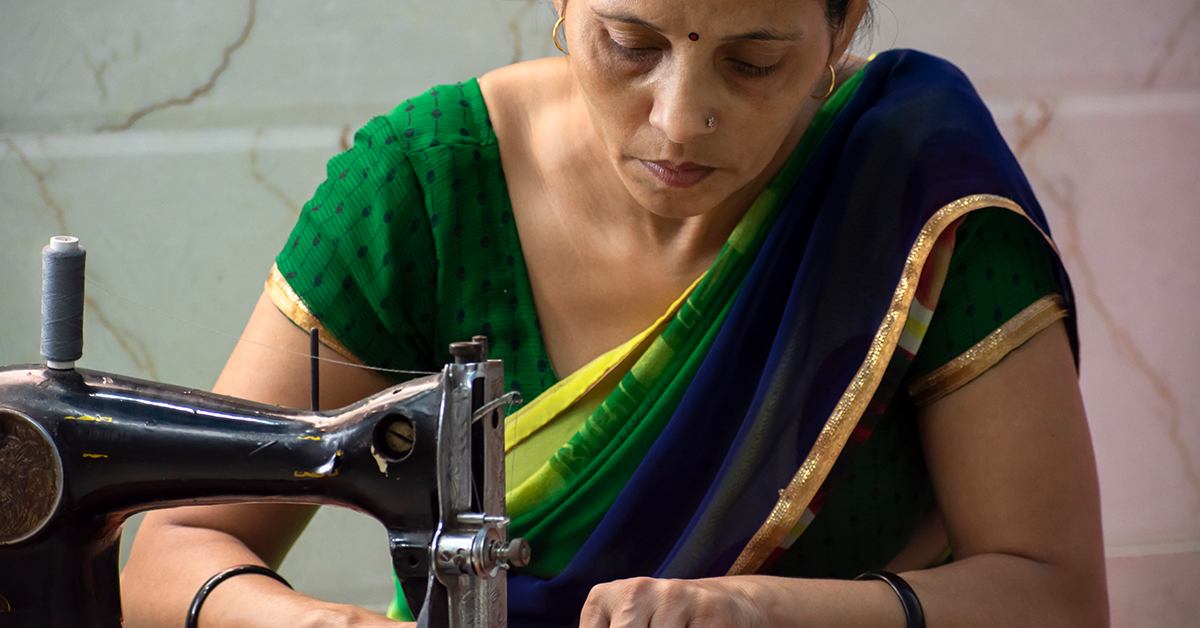Everyone needs to be aware of their bone health as they age. Did you know that osteoporosis is a chronic health condition that affects 200 million women around the world? In fact, one in ten women aged 60 have osteoporosis and the risk only increases as you age.1
But osteoporosis does not exclusively affect the elderly and can begin at any age. It is known as the “silent disease”, as for many, a broken bone is often the first symptom. This is why it is so important for everyone to be aware of their bone health, and the diet, exercise and lifestyle factors that help prevent bone loss. We can all have good bone health at every stage of life.
As women reach menopause, changes in hormone levels cause bones to lose minerals and this leads to reduced bone strength and structure. In fact, women can lose as much as 20% of their bone mass in the first 5–7 years after menopause.2 Early menopause (before age 45) and any prolonged periods when hormone levels are low can also cause loss of bone mass. Any loss of bone mass puts bones at risk and increases the risk of minimal trauma fracture, which is a fracture from a standing height or less. Fractures are not a normal part of getting older, so it is important to investigate the health of your bones and take steps to protect them.
A good place to start learning about your bone health and your risk of osteoporosis is the International Osteoporosis Foundation Osteoporosis Risk Check (riskcheck.osteoporosis.foundation/).
This is an online tool that allows you to learn about your bone health and helps to identify any risk factors you might have. Answer the questions on your bone health and lifestyle and obtain your report showing your results and risk factors. You can take the report to your doctor and discuss an action plan to prevent broken bones.
Make some (or even better all) of these strategies part of your OVER 50 bone health plan!2-4
| STRATEGY | TIPS FOR HEALTHY BONES |
| 1. Exercise regularly |
|
| 2. Eat a healthy diet |
|
| 3. Maintain a healthy weight |
|
| 4. Make smarter choices |
|



References – How to prevent a fall
1 Nevitt MC, et al. J Am Geriatr Soc 1993;41:1226–34.
2 Parry SW, et al. Postgrad Med J 2001;77:103–8.
3 Bone Health & Osteoporosis. Healthy bones for life - Patient’s guide. 2014. bonehealthandosteoporosis.org/healthy-bones-for-life.